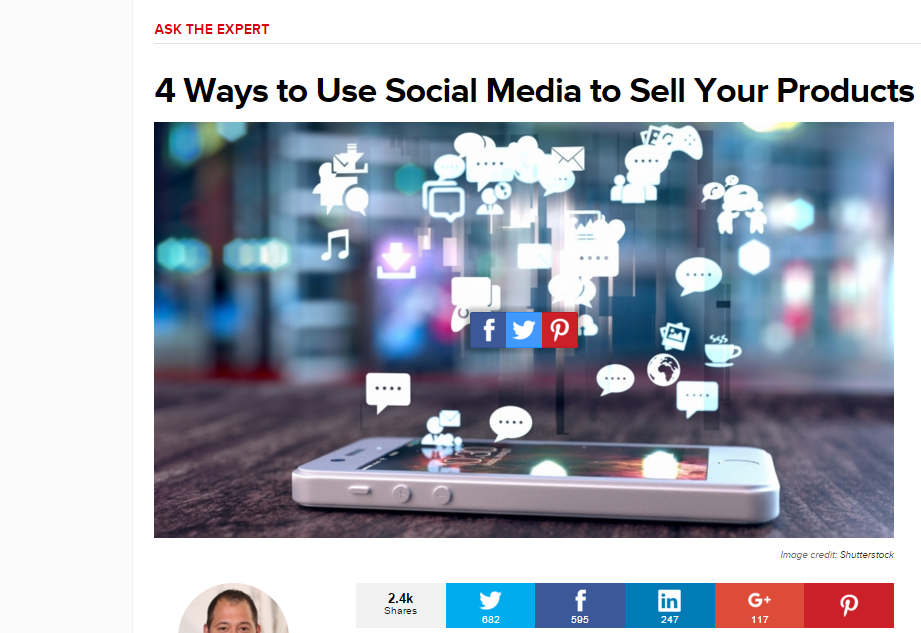Just a few years ago, a small business would be content to have a pretty website, a frictionless checkout experience and a solid handle on search-engine optimization and marketing.
This worked because it matched with the way people shopped and bought. While they may have experienced discovery elsewhere, they always began a shopping journey with intent.
The above are all still incredibly powerful tools, and are in fact table stakes for a competent ecommerce presence. What has changed, however, is that people now spend significant portions of their time on and within social networks built around their interests and relationships. As a result, the buying process has moved from one driven largely by a desire to find something to one that is more based on customers coming across things within the experience they’ve already created for themselves.
Here are four techniques for any small business looking to integrate social media into the selling process:
1. Match your social strategy to your customer.
The key here is that not every social network is going to be a fit. Is your core customer a recruiting or education professional? A teenager? A modern mom who is looking for a great cookie recipe? Maybe your customer is a savvy thought leader or technology early adopter. Each of these descriptions matches with a particular social networking platform — LinkedIn, Instagram, Pinterest, and Twitter in that order — and can inform which may be best for your company. Choose accordingly, start listening for problems you can solve, and share meaningful advice. The first step is earning trust.
2. Create the right content at the right volume.
An effective social strategy requires content — the more original and engaging, the better. (Hint: always include a visual). Depending on who your customer is, you will have to find a balance for how frequently and in which formats to post. Don’t count out the power of reposting or tweeting third-party material, either. The point is to get engaged with your customers; open yourself a personal account, have conversations and become acquainted with the norms and expectations of the community.
3. Build your network.
There’s no two ways about it; you will need to take on the grunt work of actually building your network. The best advice I can offer here is to create daily, weekly and monthly goals so that you are committed to a pace of engagement from the outset. Search the relevant social sites to find people who are talking about your industry or using related keywords. Then, begin retweeting them, responding to questions they pose or sharing something they say that you find to be intriguing. By contributing to your prospects’ conversations, you build them up and add value to their network.
4. Connect it back to the business.
Of course, none of this really matters if there’s not a bump in sales, and that comes from eventually serving up purposeful calls to action to customers and non-customers alike. This is an important point. The nature of social media dictates that it is not always your customers, but rather the friends of your customers, who can wield the most influence. If these friends like what you have to say they can, in effect, do some of your selling for you.
Ultimately, relationships are much more important than leads when you are selling via social. People share a lot of information, and if you take the time to listen to what they are saying, you will be in the best possible position to have meaningful conversations with the right people, and offer “just the thing” they want or need at that moment.
Original Source:
http://www.entrepreneur.com/article/252733

